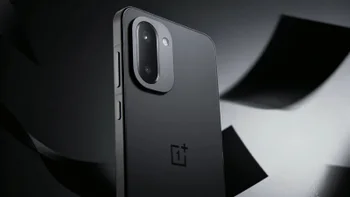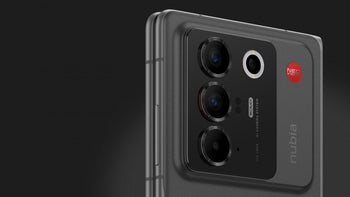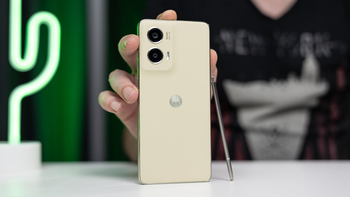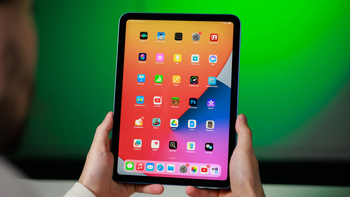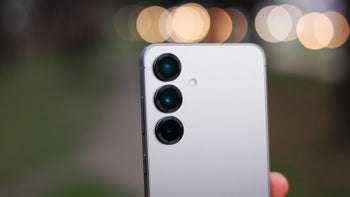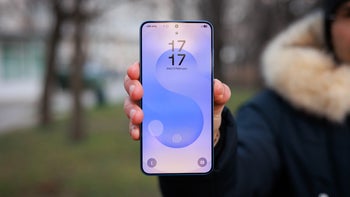- Home
- Motorola Phones
- You are here
Motorola Moto G (2014)
Full Specifications
This device is also known as Motorola Moto G (2nd Gen.)
I want it
29 users
I have it
24 users
I had it
22 users
Availability |
|
|---|---|
| Officially announced | Sep 05, 2014 |
| Prices (MSRP) | $180 |
Design |
|
|---|---|
| Dimensions |
5.57 x 2.78 x 0.43 inches 141.5 x 70.7 x 11 mm |
| Weight | 5.26 oz / 149.0 g |
| Resistance | Splash |
| Keys | Right: Volume control, Lock/Unlock key |
| Colors | Black, White |
Display |
|
|---|---|
| Size | 5.0-inch, 68.99% screen-to-body |
| Type | IPS LCD |
| Resolution | 1280x720px, 294 PPI |
| Colors | 16 777 216 |
| Protection | Corning Gorilla Glass 3 |
| PhoneArena Display Test | |
|---|---|
| Bright Max (20% APL) | Untested |
| Bright Min | 15 (Poor) |
|
Learn more on our
PhoneArena Display Test Results page.
|
|
Hardware |
|
|---|---|
| System chip | Snapdragon 400 |
| Processor |
Quad-core 1200 MHz |
| GPU | Adreno 305 |
| Memory | 1GB/8GB |
| Storage expansion | microSDHC up to 32 GB |
| OS | Android (5.0 Lollipop, 4.4.4) |
| This device has different variants: View all | |
Battery |
|
|---|---|
| Type | 2070 mAh |
Camera |
|
|---|---|
| Rear | Single camera |
| Main camera |
8 MP (Autofocus) Aperture size: F2.0 |
| Flash | LED |
| Video recording | 720p (30 fps) |
| Front |
2 MP Video capture: 720p |
Connectivity & Features |
|
|---|---|
| Bluetooth | 4.0 |
| WLAN | Yes |
| USB | microUSB, USB 2.0 |
| Sensors | Accelerometer, Gyroscope, Compass, Ambient light sensor, Proximity sensor |
| Location | GPS, A-GPS, Glonass |
| Other | Tethering, Computer sync, OTA sync |
Multimedia |
|
|---|---|
| Headphones | 3.5mm jack |
| Speakers | Earpiece, Multiple speakers |
| Features | Album art cover, Background playback |
| Screen mirroring | Wireless screen share |
| Radio | FM |
| This device has different variants: View all | |
Cellular |
|
|---|---|
| 3G Bands | 5, 8, 2, 1 |
| Data Speed | HSDPA+ (4G) 21.1 Mbit/s, HSUPA 5.76 Mbit/s, UMTS |
| This device has different variants: View all | |
Phone Features |
|
|---|---|
| Notifications | Haptic feedback, Music ringtones (MP3), Polyphonic ringtones, Vibration, Flight mode, Silent mode, Speakerphone |
| Other features | Voice dialing, Voice commands, Voice recording |
Alternative variants
| Differences from the main variant: | |
|---|---|
| Dual SIM | Yes |
| Differences from the main variant: | |
|---|---|
| Dual SIM | Yes |
| Broadcast Mobile TV | Yes |
| Differences from the main variant: | |
|---|---|
| OS | Android (6.0 Marshmallow) |
| 3G Bands | 5, 4, 2 |
Despite our efforts to provide full and correct Motorola Moto G (2014) specifications, there is always a possibility of admitting a mistake. If you see any wrong or incomplete data, please
If you are interested in using our specs commercially, check out our Phone specs database licensing page.
Overall User Rating
9.2
Build quality
9.2
Camera quality
8.2
Performance
9.2
Display
9
Battery life and charging
8.4
Related News
Motorola Moto G (2014) gets its Android 6.0 Marshmallow update in the US
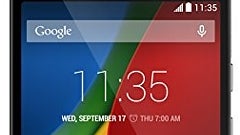
A few weeks ago, Motorola officially released an update to Android 6.0 Marshmallow for its Moto G (2014) smartphone in India, without saying when the update would reach devices in the US. Fortunately, it looks like US owners of the second-generation ...

Android 6.0 Marshmallow roll-out begins for Motorola Moto G (2014)

The roll-out of Android 6.0 Marshmallow seems to be gathering quite a bit of steam lately. After a slow start, a number of OEMs and carriers appear to be getting their acts together. In the latest development, the 2nd-gen Moto G is getting a piece of...

Motorola announces its deals for Cyber Monday

You might remember that last year, Motorola's Cyber Monday was a debacle for the manufacturer. The Moto Maker site collapsed under the weight of the holiday shopping traffic, and Motorola had to move the sale to December 9th. Let's hope that the Leno...

Second-generation Motorola Moto G gets a soak test; T-Mobile's Nexus 6 soon to be updated to Android 6.0

It just seems endless. No sooner did we report on all of the phones that were updated to Lollipop, then we start the cycle all over again with Marshmallow. And once all of those updates are completed, we will move ahead to Nonpareils (or whatever Goo...

